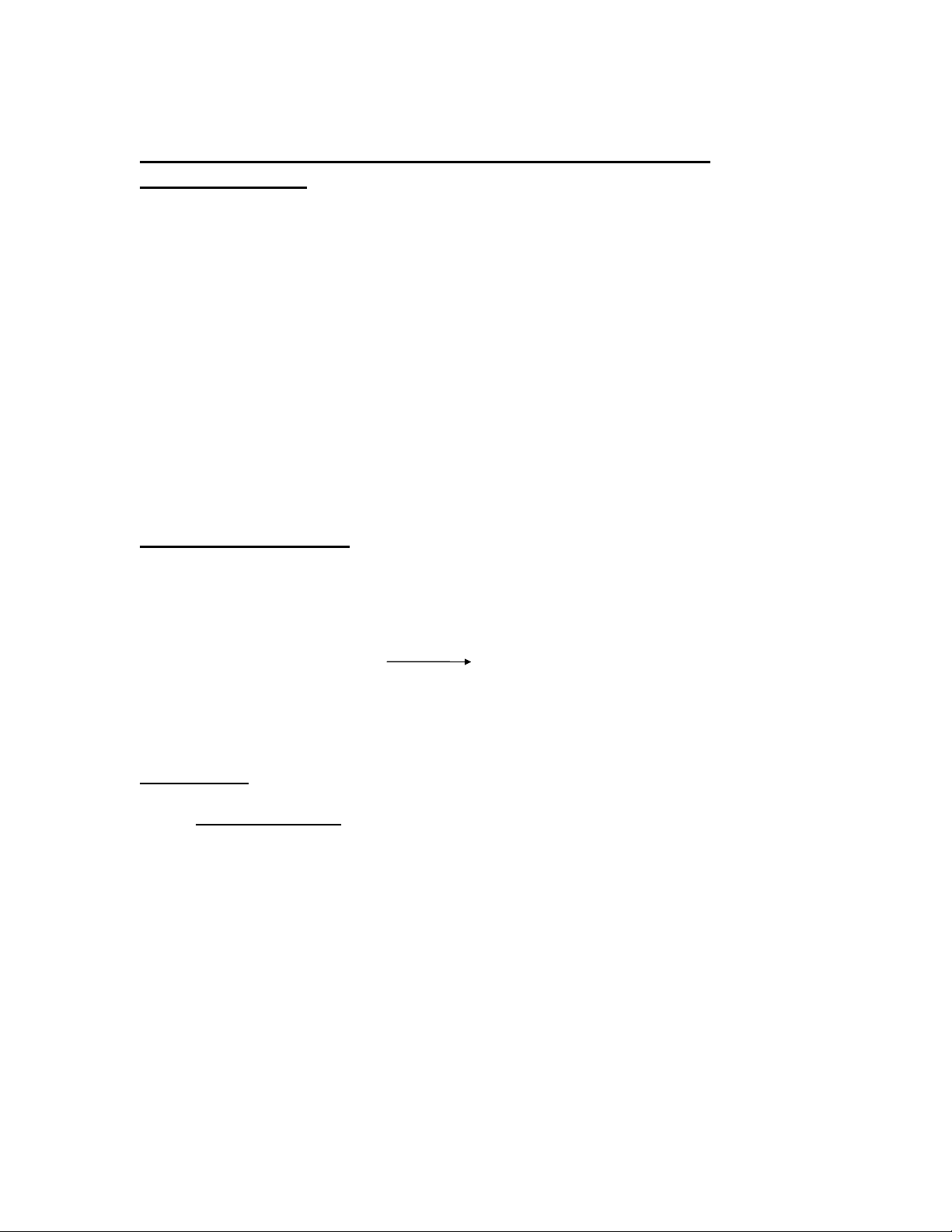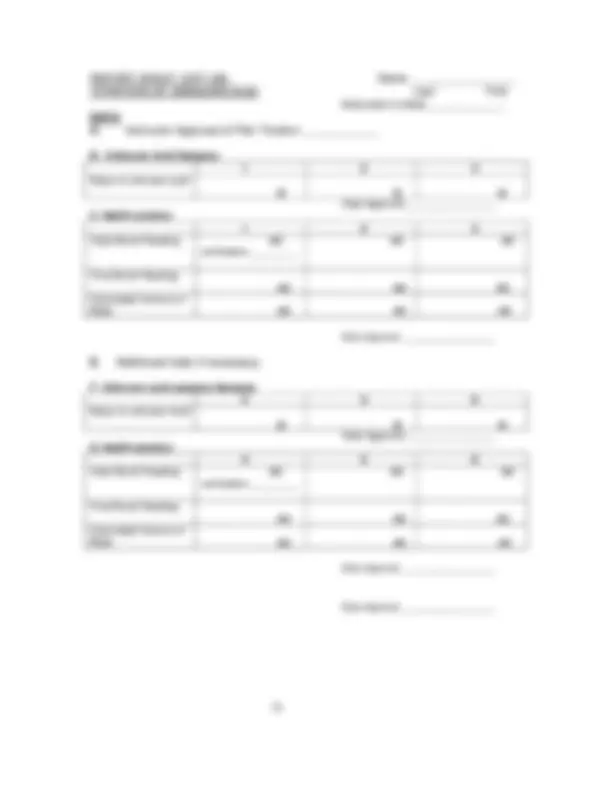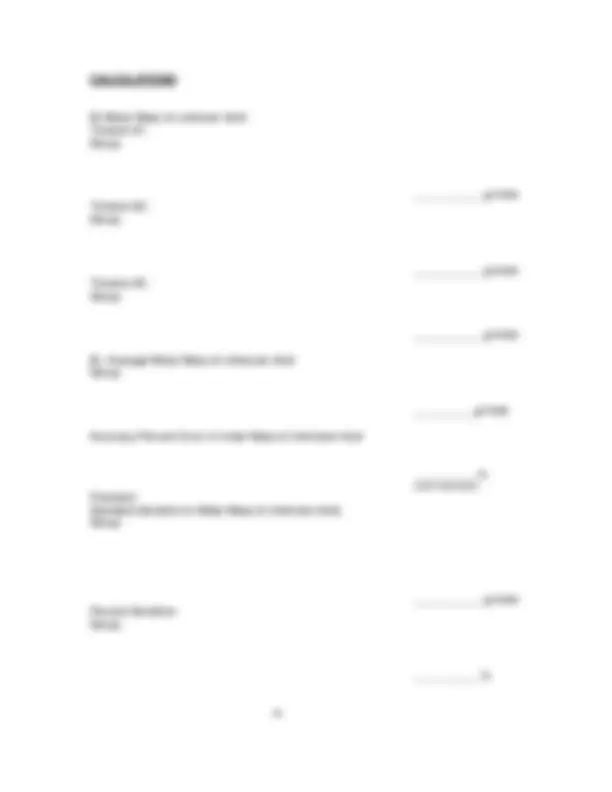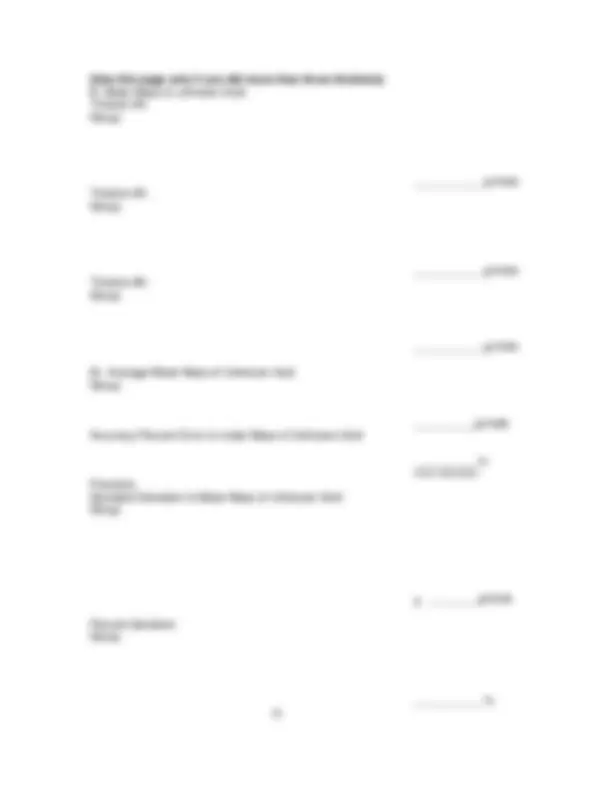





Study with the several resources on Docsity

Earn points by helping other students or get them with a premium plan


Prepare for your exams
Study with the several resources on Docsity

Earn points to download
Earn points by helping other students or get them with a premium plan
Community
Ask the community for help and clear up your study doubts
Discover the best universities in your country according to Docsity users
Free resources
Download our free guides on studying techniques, anxiety management strategies, and thesis advice from Docsity tutors
The technique which is use to determine the concentration of an unknown solution is titration
Typology: Lab Reports
1 / 7

This page cannot be seen from the preview
Don't miss anything!




In this experiment you will determine the molar mass of an unknown acid by titration with the sodium hydroxide you prepared and standardized in experiment 12A.
Because you will be titrating an unknown acid again, you will be using many of the concepts and methods learned in Titration Experiment. Besides, the pilot titration is a new technique that you will learn.
When you titrate, it is important to choose the right sample size, one that requires a volume of titrant that is less than the calibrated buret volume. In our case that volume is 25 ml. Because each buret reading has an uncertainty associated with it, it is desirable to make the smallest number of readings-two- for each titration so that you minimize the error. If your sample required more than 25 ml, the buret would have to be refilled, two additional readings would have to be made for a total of four readings and additional uncertainty. In the Titration Experiment the sample size was chosen for you. In this experiment you will determine the mass of unknown acid to use by carrying out a
Your unknown solid is an acid. You will dissolve it in water, add some phenolphthalein indicator and then titrate to the end point with your standard NaOH solution. The unknown acid is monoprotic; it has only one acidic hydrogen per molecule. Let’s use HX for its formula. The reaction between HX and NaOH is HX (^) (aq) + NaOH (^) (aq) NaX (^) (aq)+ H 2 O (^) (l) You will measure the volume of standard NaOH solution that is required to react with an accurately measured mass of unknown acid. From these data and the mole ratio of NaOH to unknown acid given by the equation above, you will calculate the molar mass of the unknown acid.
PROCEDURE
a) Tare a clean dry 50 ml beaker on the platform (top-loading) balance. b) Add about 0.4 g of your unknown acid into the beaker and record below (on page 2) the initial mass. c) Transfer this unknown acid sample into a clean, but not necessarily dry, Erlenmeyer flask.
Sample Mass ______ g Initial reading ______ ml Initial reading ______ ml Final reading ______ ml Final reading ______ ml Volume of Titrant ______ ml Volume of Titrant ______ ml
Using the sample mass and the volume of titrant used in the pilot titration, calculate the mass of the sample that would require 15 ml of titrant. This is the sample mass you will use in your titrations. Show a setup for your calculation below and get your lab instructor’s approval (on your report sheet) before proceeding to part B. Calculation:
CALCULATIONS A. Calculate the mass of each sample and the volume of NaOH solution required to reach the end point.
B. Calculate the molar mass of the unknown acid using the mass of acid sample, volume of standard NaOH solution used in the titration, molarity of the NaOH solution(from Exp 12A) and the mole ratio of NaOH to unknown acid given by the titration reaction.
C. Calculate the average the molar mass of your unknown acid. Your instructor will calculate your percent error. If it is greater than 5%, you will be required to repeat the experiment.
D. Calculate the precision of your experiment.
B) Molar Mass of unknown Acid: Titration #1: Setup:
___________ g/mole Titration #2: Setup:
___________ g/mole Titration #3: Setup:
___________ g/mole
B) Average Molar Mass of Unknown Acid Setup:
__________g/mole
Accuracy-Percent Error in molar Mass of Unknown Acid
(from instructor) Precision- Standard deviation in Molar Mass of Unknown Acid. Setup:
___________ g/mole Percent deviation: Setup:
[Use this page only if you did more than three titrations] B. Molar Mass of unknown Acid: Titration #4: Setup:
___________ g/mole Titration #5: Setup:
___________ g/mole Titration #6: Setup:
___________ g/mole
B) Average Molar Mass of Unknown Acid Setup:
__________g/mole Accuracy-Percent Error in molar Mass of Unknown Acid
__________% (from instructor) Precision Standard Deviation in Molar Mass of Unknown Acid. Setup:
Percent deviation Setup:
C. Exercise A student titrated a solution containing 3.7066 g of an unknown triprotic acid to the end point using 28.94 ml of 0.3021 M KOH solution. What is the molar mass of the unknown acid? Hint: you must write a balanced equation for the reaction. Setup:
Answer ___________